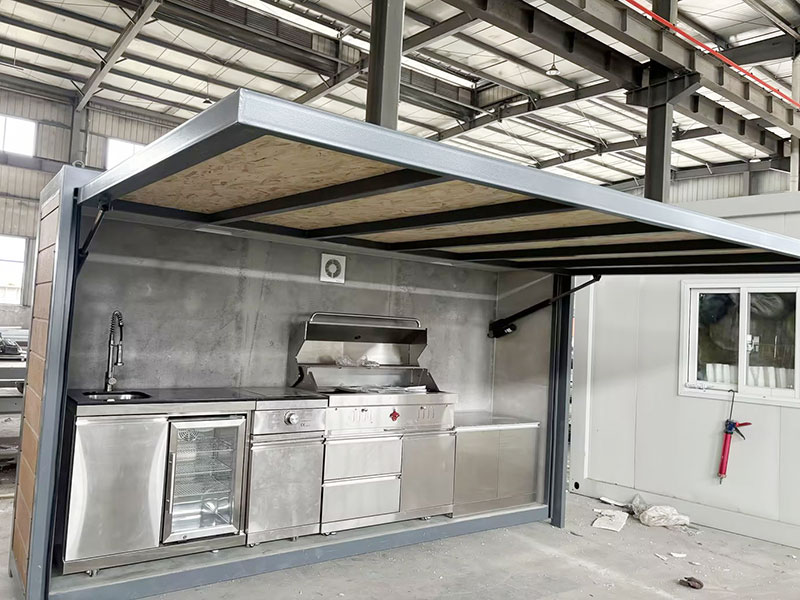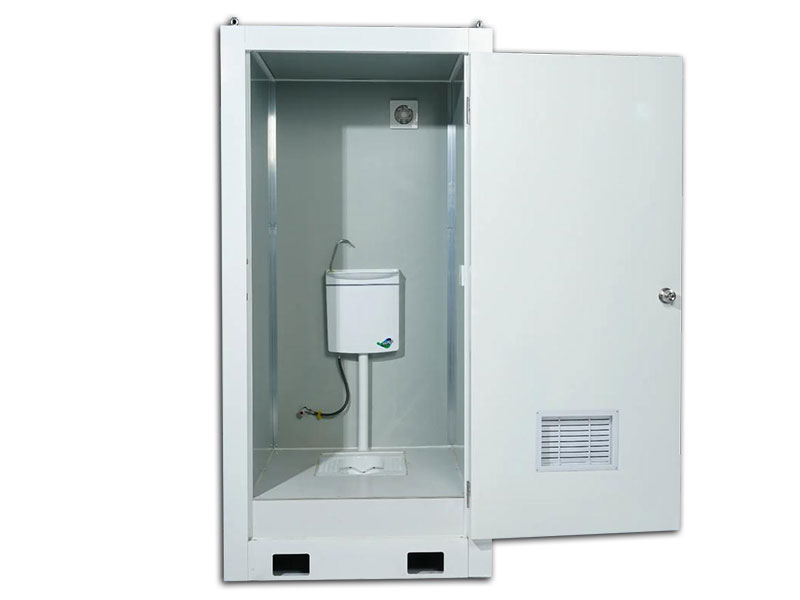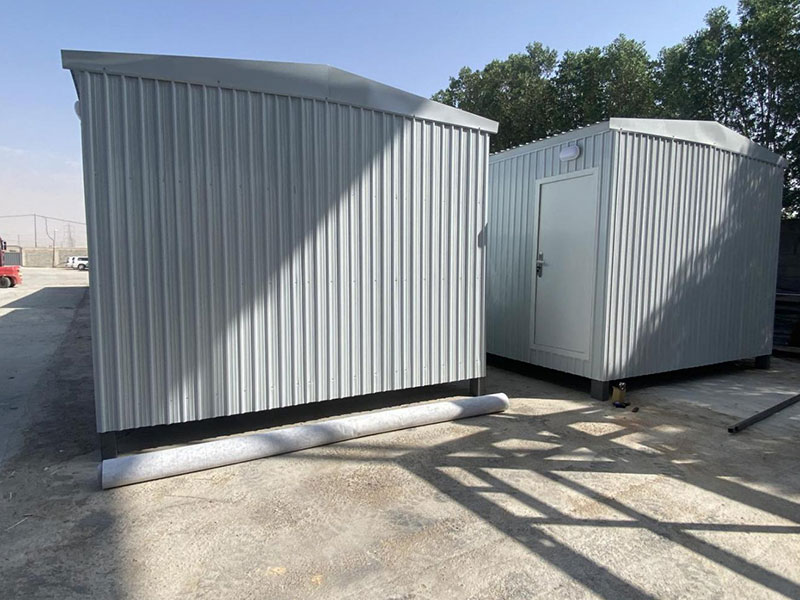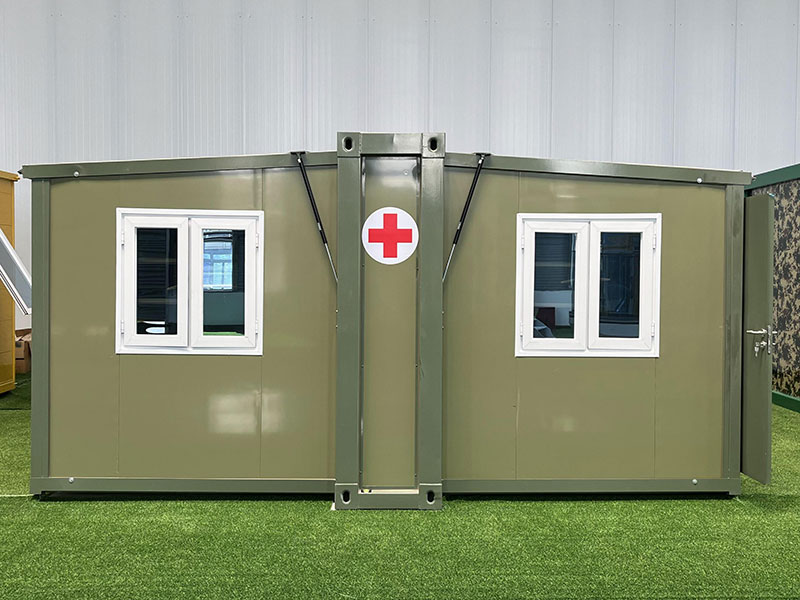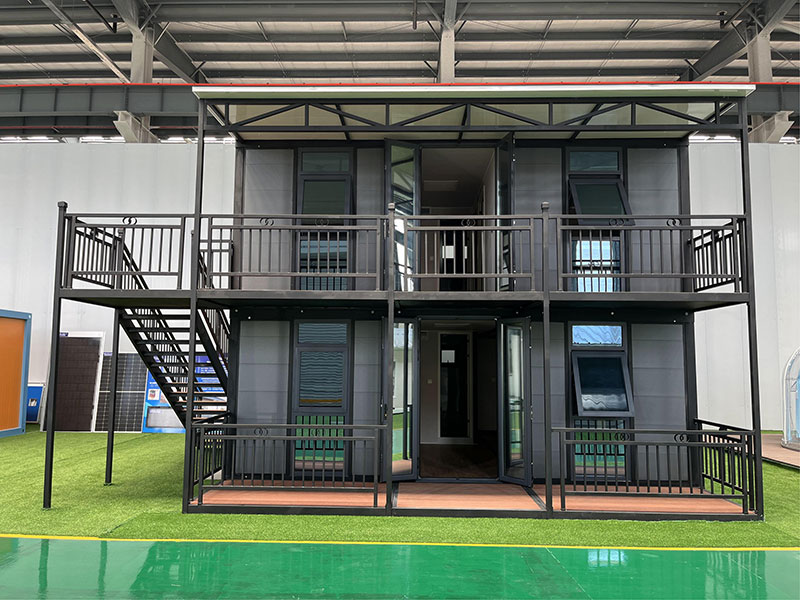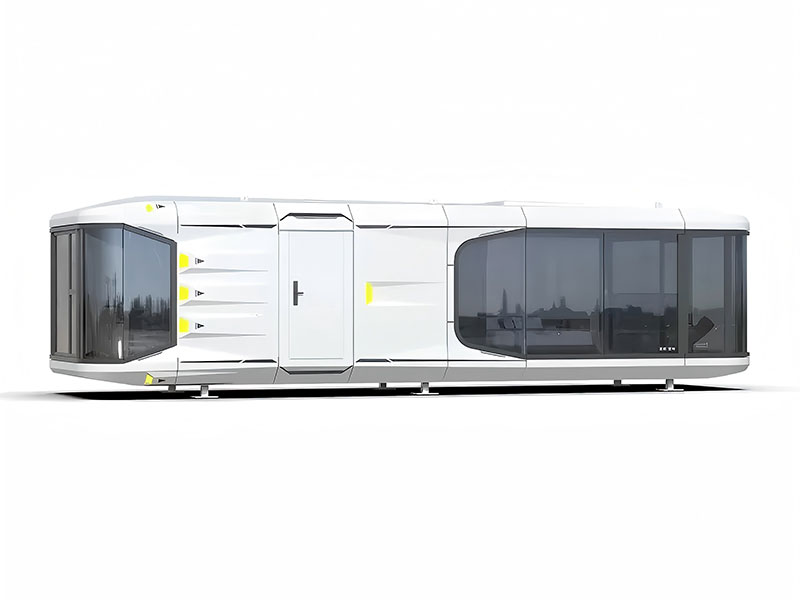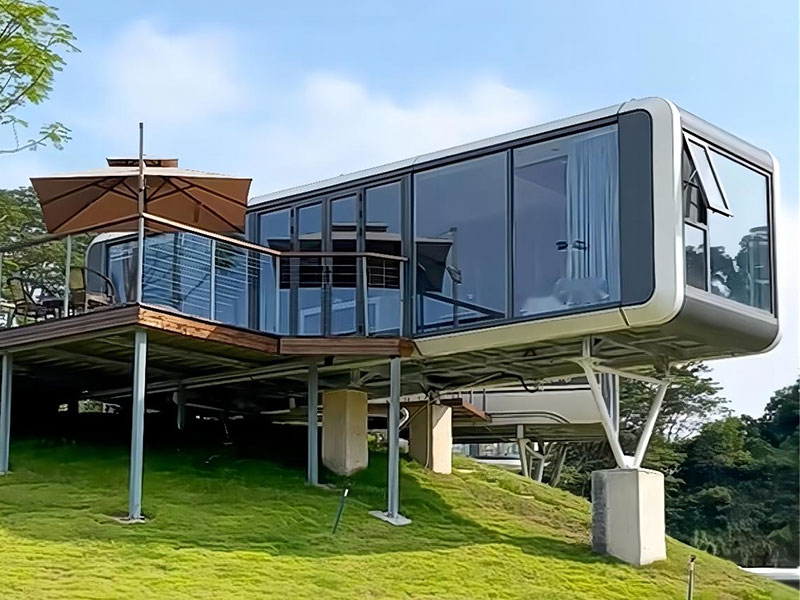Expandable Container House Solutions – Sustainable & Cost-Effective Living
2025-03-28The global housing crisis has fueled demand for expandable container house solutions that blend affordability with functionality. Unlike traditional construction, these structures use repurposed shipping containers as their core framework, modified with hydraulic or mechanical systems to create adaptable living spaces. The modular home innovation behind these designs allows residents to double their floor area in minutes, making them ideal for growing families or temporary workspace needs.
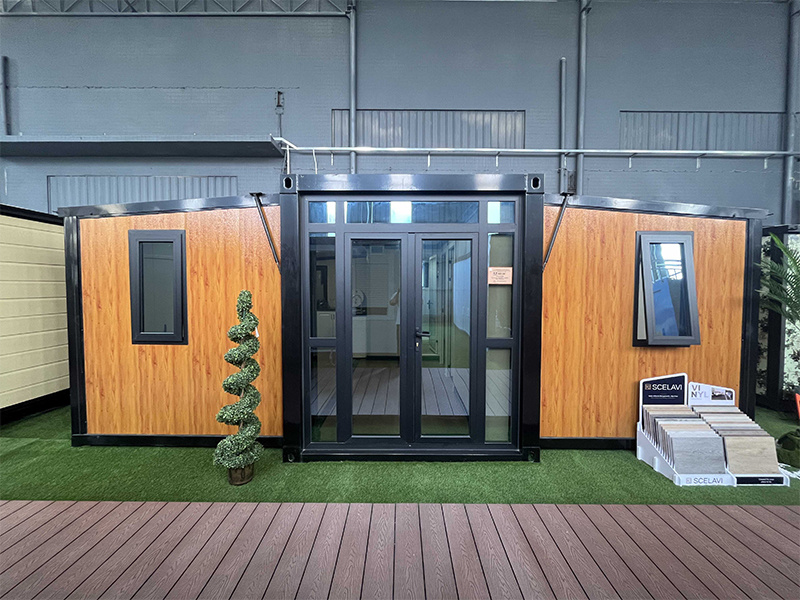
A key driver of this trend is the eco-friendly expandable homes movement. By recycling steel containers and incorporating solar panels or rainwater harvesting systems, these structures reduce construction waste by up to 60% compared to conventional buildings. Architects are now combining foldable wall technology with energy-efficient insulation to create year-round comfortable habitats, even in extreme climates.
Cost Efficiency: Breaking Down Container Home Economics
When evaluating expandable container house cost efficiency, three factors stand out: material reuse, reduced labor, and scalability. A basic 20ft unit can be converted into a livable space for under. The portable expandable housing market has seen a 27% annual growth since 2020, driven by remote workers and disaster-relief organizations needing rapid-deployment shelters.
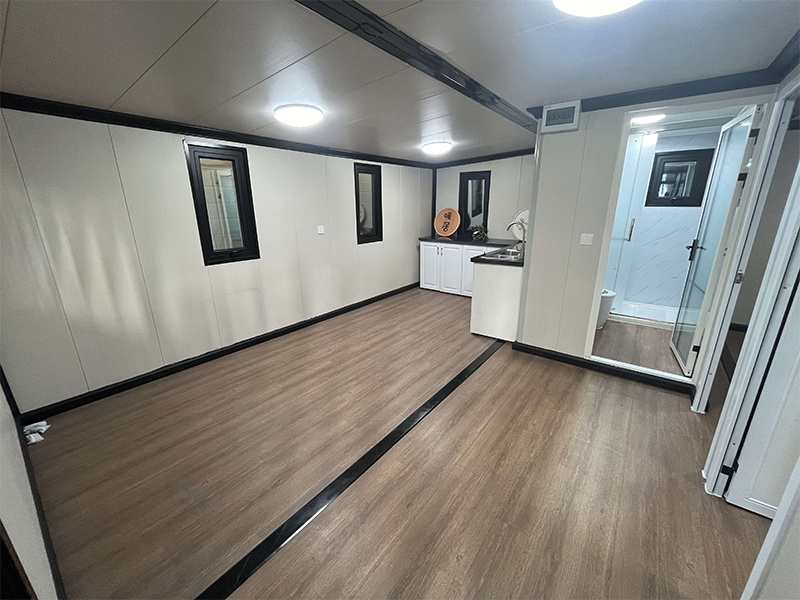
Insurance costs for these structures are 30-40% lower than traditional homes due to their fire-resistant steel frames and flood-resistant elevations. However, buyers should budget for site preparation expenses like foundation laying and utility connections, which account for 15-20% of total project costs.
Design Flexibility: From Minimalist Pods to Luxury Estates
Modern expandable container house designs shatter the “industrial box” stereotype. Through customizable modular layouts, homeowners can create:
Multi-level villas with retractable terraces
Office pods with pop-up meeting rooms
Emergency medical units with deployable sanitation facilities
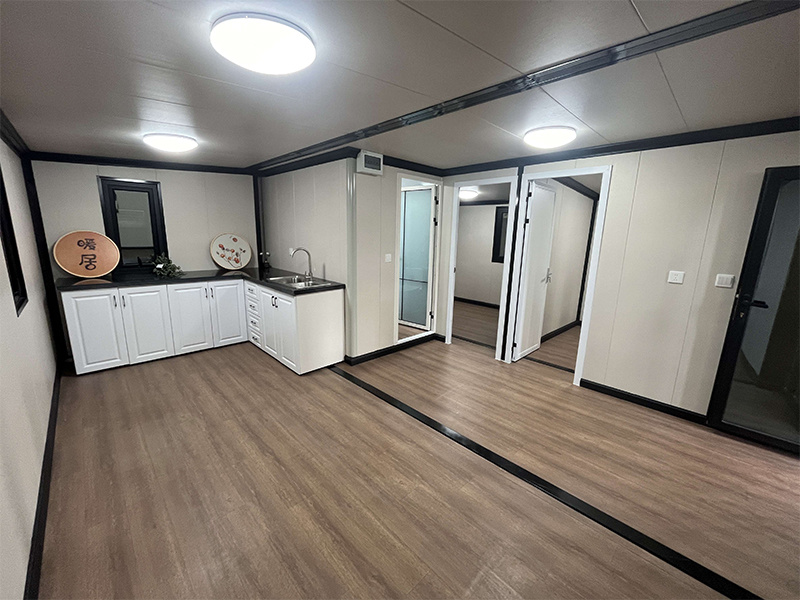
Future Outlook
As zoning laws adapt to prefab expandable housing solutions, industry analysts predict 40% of starter homes will incorporate container-based designs by 2030. With advancements in AI-powered space optimization software, these structures are poised to become the backbone of smart, responsive cities.

